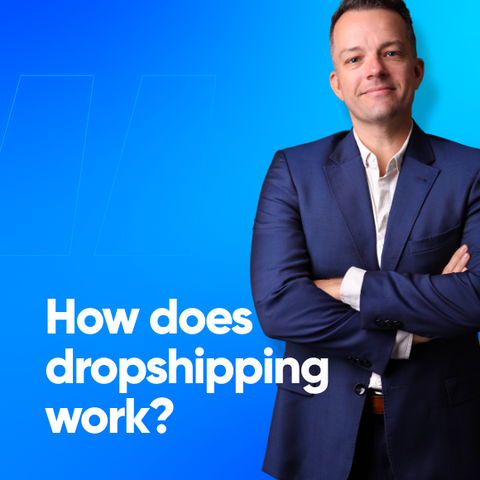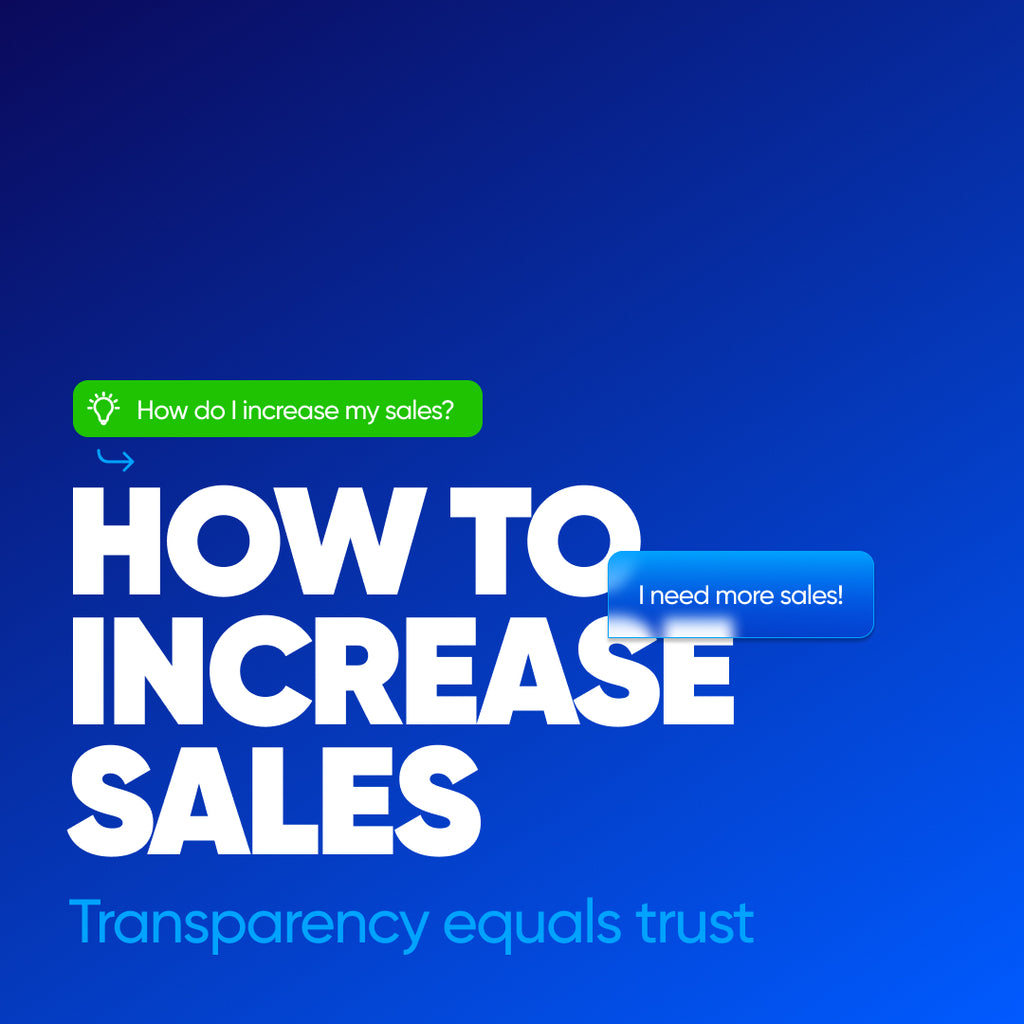What is dropshipping?
Dropshipping is a supply chain management method. A supply chain is what it sounds like, a chain that is responsible for supply. When making and selling a product, there are alot of intermediaries between the base raw material and the final customer. This can include all the people and businesses involved with sourcing materials, supplying said materials, manufacturing the goods, logistics, and distribution.
In dropshipping specifically, we generally have 2 to 3 parties involved. At the very top, we have the manufacturers. These are large industrial companies generally based in 3rd world countries that manufacture large quantities of a certain product. They then supply this product to wholesalers who generally buy these in bulk, and stock multiple products from multiple manufacturers. Next is the retailer, the one who creates a website and sells these products.
With each layer of parties involved, the product undergoes a markup. This is not very different from white-label services, instead in dropshipping, there is no labeling whatsoever. Just a product that is manufactured by someone else and sold by another company altogether.
At Creatibly, we offer a whole range of services to setup and run your dropshipping business through a Shopify store. Our services include:
- Shopify eCommerce Design and Development
- Shopify Search Engine Optimazation (SEO) Services
- eCommerce Content Writing Service
- App and Integration Services
- Ongoing eCommerce Maintainence Services
- Theme Development Services
- Shopify Migration Services
- Shopify eCommerce Training and Consulting Services
When building a droppshipping business, your site is one of the most important assets you have. It needs to provide a seamless customer experience that builds trust and confidence within your customers. The services at Creatibly, backed by the assurance of Shopify, allow you to create a bespoke and safe experience that your customers love and trust!
How does it all work?
Here is how dropshipping works generally. Depending on the size and type of the store, there may be more or fewer parties involved in the process.
- The customer places an order with the retailer (you)
- The online store owner alerts the wholesaler about the order.
- The wholesaler then charges you for the product, and you charge the customer.
- The wholesaler then ships the product from their inventory.
- The customer receives the product.
The third party supplier and the manufacturer will have their markups on the products, so the shorter the supply chain, the greater the profits. During the entire process, the retailer does not come in contact with the product at any stage.
Why dropship products anyway?
That's a good question and based on the type of online retail business you have or want to create, a dropshipping model might be a good idea for most. Dropshipping helps eCommerce businesses mitigate inventory risk and increase business flexibility. If you own a warehouse, you are possibly paying rent, insurance, and 100 other overhead costs, which can virtually go to zero with dropshipping. The benefits of dropshipping go beyond mitigating inventory risk.
Starting and maintaining a business is more cost effective
Dropshipping rose to popularity primarily because of this reason. Firstly, you only pay for a product when you receive an order for it, so there is no need to worry about unsold inventory. When thinking about inventory, you don’t need to have any inventory management in place, because you are shipping goods in line with incoming orders. You also don’t have to worry about unsold inventory which you may have to liquidate at a markdown
Your overheads remain pretty low, and the only thing that you pay for is the cost of creating and maintaining your online store.
It's for the digital nomad
Being a drop shipper enables you to run your business from anywhere. You depend on manufacturers to ship products to consumers through logistic partners. So you aren’t limited to a physical location to run your business. You can run your business by yourself or with a remote team since you don’t need to have any on-ground staff.
Stay on top of trends
Without an inventory, you can cycle out old products for new and trendy ones without worrying about unsold inventory. All you need to do, is have a pulse of what the people want, add it to your site, market it, and then fulfill orders.
Challenges of dropshipping
As good as it sounds, when you sell online, using a dropshipping business model, it is not without its disadvantages. Dropshipping may not be conducive to all business models. Some of the reasons why businesses may avoid dropshipping are listed below.
Inventory issues
Inventory or the lack thereof can be a blessing and a curse. While you don’t stock products, you can sometimes run into issues with wholesalers who may have a shortage of a certain product. This may cause you to have delays or cancellations, which don’t bode well for customer satisfaction.
Uncertain shipping costs
When working with 2 or more dropshipping suppliers, there is a possibility that a customer orders multiple items that are fulfilled by multiple suppliers. When you factor in the shipping cost of both products, you need to make sure that you charge the customer a fair rate without making them feel they are being overcharged.
Lack of control over customer experience
When you depend on manufacturers and wholesalers to fulfill orders on your behalf, you let go of control over the customer experience. You can run into issues where the products may not be delivered in time, not delivered at all, or in a damaged condition. You also have little control over the usage of packaging materials used when shipped. Too many of these issues, and you can lose customer trust quickly.
Potential supplier issues
A good supplier is the heart and soul of your business. Someone responsible for fulfilling the customer’s order almost in its entirety. Seeking reliable suppliers may be hard, so if you do find one; you should maintain a good relationship with them. Lack of communication or a bad relationship with your supplier can lead to orders not being fulfilled in a desired manner, damaging your reputation and consequently your profits.
Seeking out your perfect supplier
As we said, suppliers are manufacturers or wholesalers, they are the heart and soul of your business. This is what keeps the business alive. When selecting suppliers, you need to be patient and thorough with market research. While you may find multiple parties to provide the products you need, it's always advisable to work directly with the manufacturer. This reduces the number of parties involved and enables you to have a higher profit margin. Here are a few things to consider when looking for suppliers.
How much do suppliers charge?
Ask for the wholesale price and see if that works for you. You will find multiple prices for the same product, some will be good suppliers with higher pricing while others will be low-quality suppliers with cheap quotes. First, make the numbers work for you, and then work your way up till you find a reputable supplier.
Enquire about handling fees and shipping costs
You should be aware of handling fees and shipping costs, especially if the product is being shipped from overseas. Sometimes these shipping costs can be relatively high, so you need to factor them in toward your list price.
Learn about shipping partners and returns
Find out if they work with reputable shipping partners who provide online tracking so that your customers can track their packages. Also, understand what the return process and policy look like. If they don’t take returns, or the quality of the product is not guaranteed, don’t with that supplier.
Seek a favorable billing process
Know the billing process and see if they charge per item or monthly. If it's monthly, see a supplier that charges you in a way that works for your cash flow. There are no rigid lines however, this is business and you can negotiate to get favorable terms for yourself and your business.
The best practices for dropshipping
Dropshipping may be a different business model but you need to uphold the quality standards of your business in line with any local or international business. You will need your customers to trust you to continually grow your eCommerce store. Here are some things to ensure when running a dropshipping store or any online business for that matter.
- Prioritize User Experience both on and off the site. From placing an order to receiving their item, the customer must have a good and seamless experience.
- Pick a niche and only have a curated set of products on your site.
- Prioritize the quality of your products, this is what gets you repeat customers.
- Build a business that your customers love and trust.
Conclusion
Dropshipping is a supply chain management method in which you, the retailer don’t hold any inventory of the products you sell. As a dropshipping store owner, your job is to get more sales. I a dropshipping process, the customer pays you, you pay the supplier and the supplier fulfills the order. Dropshipping is a good online business to run because it has a low startup cost, doesn’t restrict you geographically, and has low overheads. It can have some issues as well, largely concerning inventory and fulfillment of orders. Having a dependable supplier can mitigate most if not all of the issues that ail a dropshipping business. So when you seek a supplier, make sure that you perform due diligence before you sign them on. Lastly, a drop shipping business is still a business in their customer's eyes, and quality customer service and experience will be crucial to long-term success.

How does dropshipping work?
Then, pick one of these:

Shopify eCommerce Success Coach






